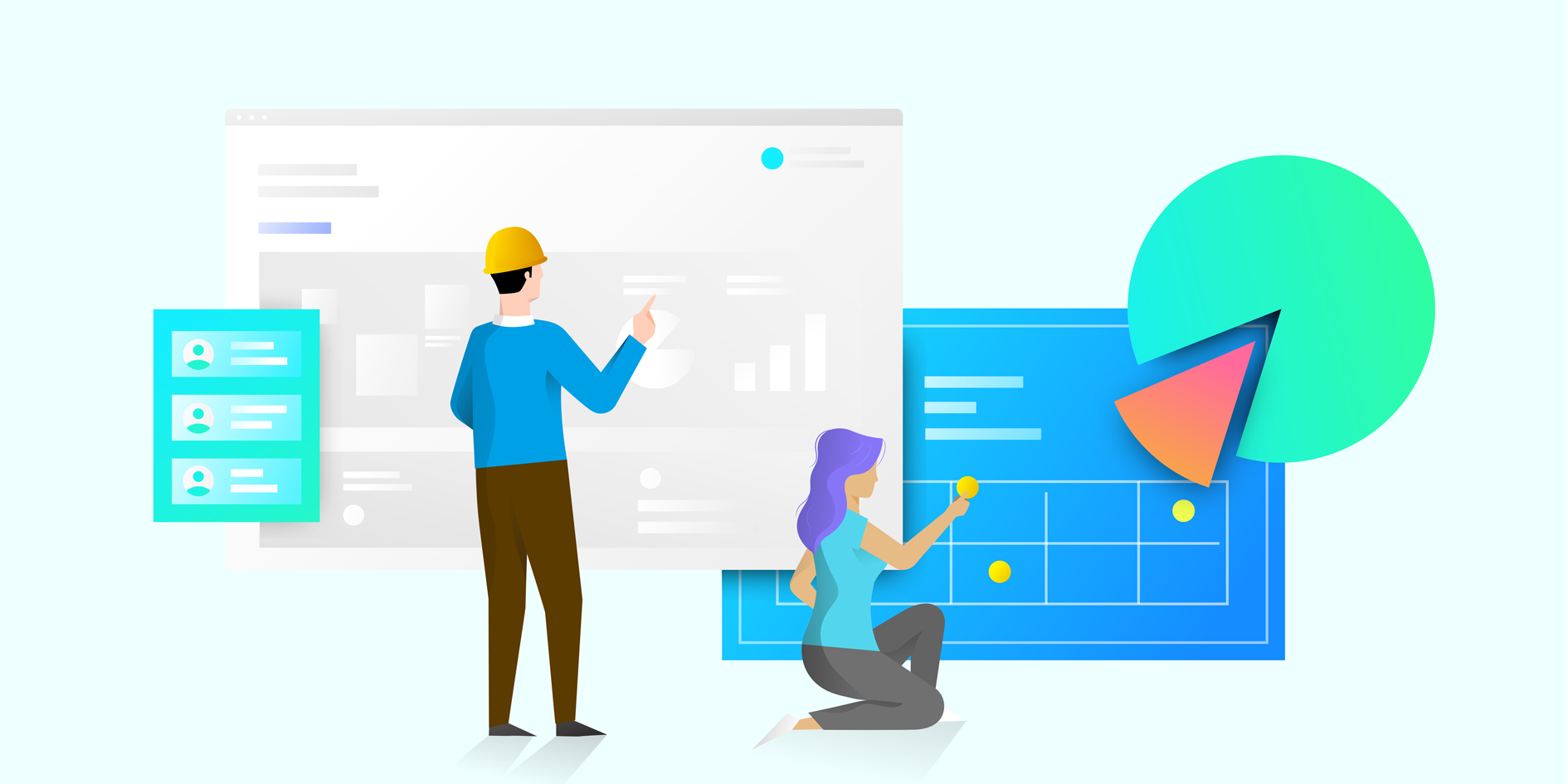To maximize productivity and maintain it, companies use more complex and costly assets. As a result, the deployment of Enterprise Asset Management (EAM) has become a necessity. Useful maintenance management capabilities also provide reports on the availability and status of assets and control the overall maintenance and replacement budget. To make sure that you have chosen the right product for your organization, you need to evaluate its applicability based on the requirements of your company in terms of demographic characteristics – the size of your company, the products and services it offers, etc., as well as the cultural level. And work processes.
EAM effectiveness can only be considered adequate if it improves productivity and efficiency by optimizing the use of assets and increasing the production of products or services to meet or exceed customer expectations. We have provided some considerations that may help you choose the right Enterprise Asset Management program:
- Because it is essential that employees, partners, and shareholders are aware of best practices and the rules that you follow in order to help you control costs, work smoothly and maximize returns, your EAM must ensure that the asset life cycle does not skip planning and design steps, from maintenance and operation to the disposal and disposal phase. EAM must provide consistent and consistent data throughout the asset’s life cycle.
- To ensure asset longevity, EAM must plan and implement preventative maintenance schedules according to asset type, as well as logistic and commercial facts. This includes a set of calendar-based triggers and the use of infrastructure. The notification rules should also be flexible so that all participants have enough time and vision to effectively manage the work schedule and ensure that the assets themselves, as well as any necessary tools, materials, and partners, are easily accessible at a certain point in time. ,
- Also, the software should be able to update current work in real-time, allowing managers to easily and quickly document their actions and report them to the system. Actual times data availability gives better coordination among internal and also external work.
- In modern technical even economic conditions, asset management requires comprehensive EAM software for the successful tracking and reporting of the entire life cycle process. Only a system that energetically interacts with external applications can manage the multi-level resources and permissions needed to achieve real assets in a competitive and frequently changing the business environment.
- Users often use systems with simple and intuitive interfaces. This helps users enter data seamlessly, and also helps reduce the total cost of ownership and increases knowledge collection.
- Well-designed and successfully distributed EAM systems help improve the functionality of a lean service by providing accurate information about all aspects of the CMMS process and asset management, including tool family lists, work assignments, key performance indicators, employee requirements, and skills. A successfully deployed EAM not only increases return on investment and maintenance management costs but also strategically aligns with the vision of the business and operations.
Of course, future asset management programs will support global organizations with feature likes language and also currency matching. This maintenance management software must continue to expand its focus on cloud computing anytime, anywhere, and access data through mobile devices. The EAM mobile solution can improve communication between technicians, contractors, and field operators. Such a solution may also allow easy access to your previous work log to provide advanced troubleshooting capabilities.
Related post : time tracker
Content: Visit Local Cable Deals to get top level enterprise Internet solutions in your area.
This is a process associated with the preservation and control of the assets of a company or company, tangible or intangible. Physical assets may include; company premises, equipment, land, etc., domain names of intangible assets, databases, proprietary technologies, company names, etc.
Loss of assets overtime for the company means the loss of money, including due to negligence and labor, sufficient to take care of all assets continually. Now there is a more natural way out of this problem. Thanks to asset management software, all company assets can now be recognized and managed continuously. All details, information, and asset calculation can be accessed centrally anytime, anywhere. All assets are marked with bar codes, and when issued or used, bar codes help to immediately store information in the central bank, where it is stored.






